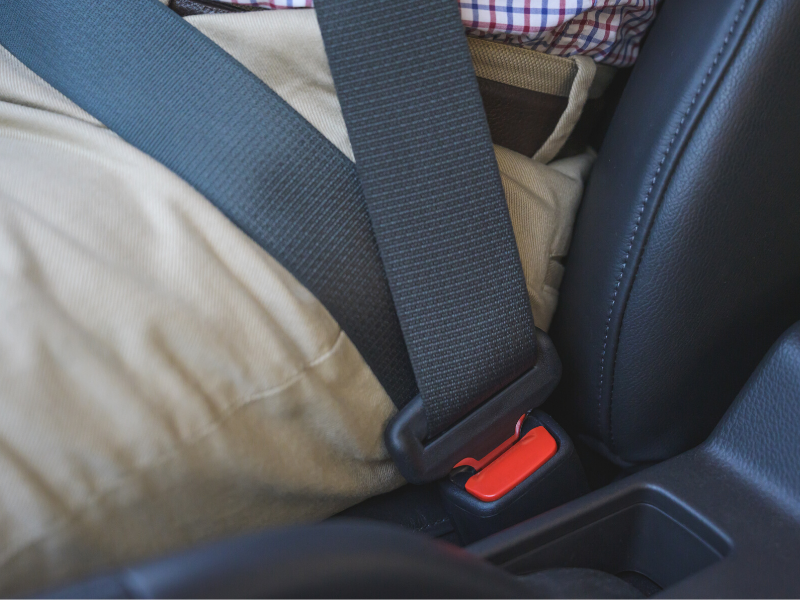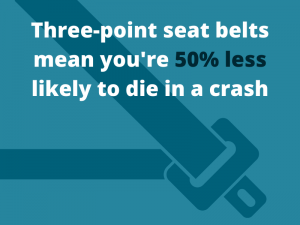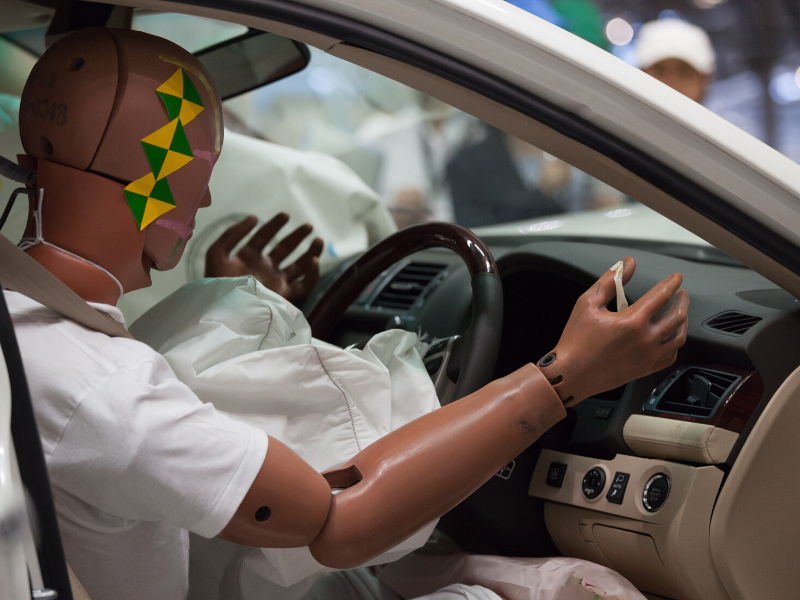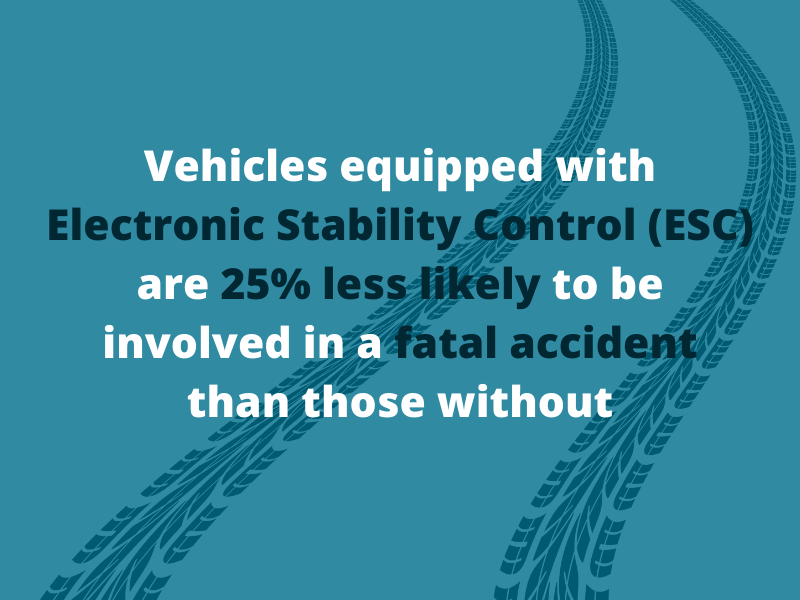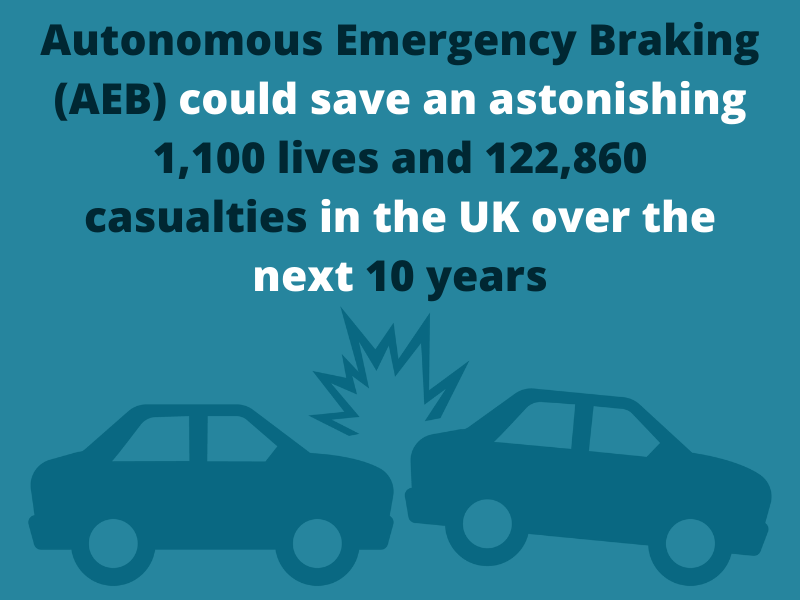Like seatbelts, airbags are a type of automobile safety restraint system designed to mitigate injury in the event of an accident. These gas-inflated cushions, built into the steering wheel, dashboard, door, roof, and/or seat of your car, use a crash sensor to trigger a rapid expansion of nitrogen gas contained inside a cushion that pops out on impact to put a protective barrier between passengers and hard surfaces.
As with many good inventions, the idea of the airbag began with a good story. One Sunday afternoon in 1952, a retired American industrial engineer named John W. Hetrick was out driving his 1948 Chrysler Windsor in the Pennsylvania countryside with his wife and seven-year-old daughter. About three miles outside Newport, they were watching out for a deer bounding across the road. Suddenly and unexpectedly, a large boulder appeared, causing Hetrick to hit the brakes so hard that the car veered into a ditch. As he did, both he and his wife instinctively threw their arms in the air to shield their daughter from hitting the dashboard. After they had calmed down and found out no one was hurt, Hetrick could not stop thinking about the accident.
When they returned home, Hetrick started thinking about a way to shield passengers from a sudden stopping of a car. He started sketching designs for his “safety cushion assembly for automotive vehicles” and patented it in 1952.
Even though the first airbags were developed in the early 1950s and widely developed in the USA, in Europe airbags were almost entirely absent until the 1980s. The 1980 Mercedes-Benz S-class (W126) was the first car to be sold in Europe with airbags as an option, with the Porsche 944 and Honda Legend offering them as standard by 1987. By the end of the 1990s almost all cars featured an airbag, as an option at the very least.
In 2009, Ford introduced the first airbag inflatable seat belts in the Fusion and the Volvo V40 launched in 2011 brought the first airbag for pedestrians. In the event of a collision, the vehicle raises its hood and deploys an air curtain to reduce the force of the impact.
